Does Ippudo’s new plant-based tonkotsu ramen really taste like pork?

Veggie tonkotsu vs original tonkotsu from Japan’s premier tonkotsu specialist chain.
If you’re looking for a good tonkotsu pork broth ramen, Japanese chain Ippudo is one of the best places you can go to, and with branches around the world, you don’t even have to be in Japan to enjoy their quality noodles.
One thing you do have to be in Japan to enjoy right now, though, is their new plant-based ramen. Making these noodles even more special is the fact that, unlike other plant-based ramen on the market, usually made with a soy sauce or miso broth, these noodles are designed to taste like tonkotsu, a rich, fatty, creamy, oh-so-satisfying broth made with pork.
We were lucky enough to get a taste of the new “future-oriented” noodles just before they went on sale from today, and we decided to really put them to the test by comparing them with the chain’s famed tonkotsu ramen.
▼ Behold, the plant-based tonkotsu!
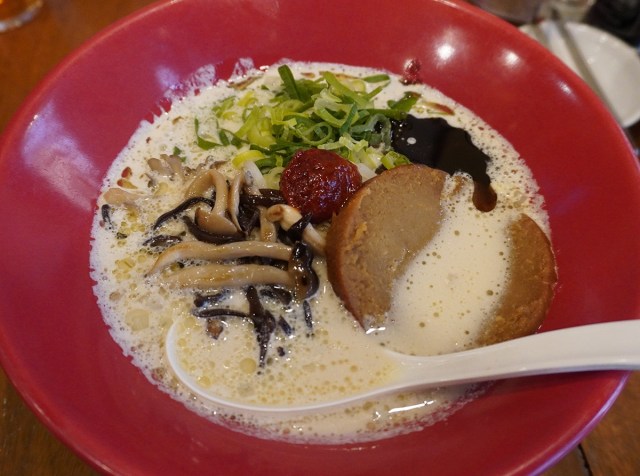
The new ramen really does have that gorgeous creamy appearance known and loved by tonkotsu fans. Lining them up, the regular tonkotsu (left) actually looked strangely less appealing than its newer, pork-free sibling (right).

The ramen’s glossy appearance was just the start of this tasty adventure, because after taking a sip of the broth, we were immediately impressed. It didn’t just look creamy, it really was creamy, so much so that we could’ve been fooled into thinking this really was tonkotsu.
It was only after taking a sip of the normal tonkotsu that we caught on to the missing depth of flavour provided by pork bone broth. The flavour seemed more intense than usual, probably because the plant-based version was lighter by comparison.
▼ Plant-based tonkotsu
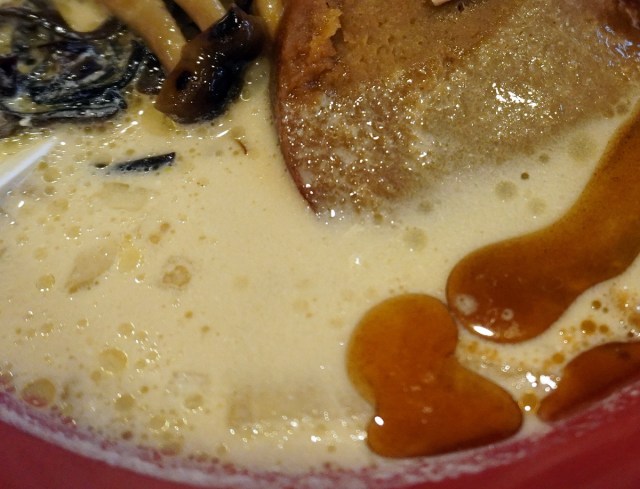
Moving on to the noodles, which are also plant-based, we didn’t see any visible difference at first, but then we noticed that they were significantly less straight than usual.
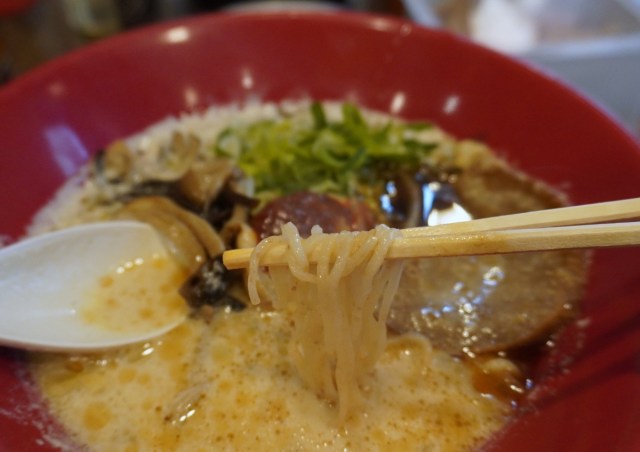
Ippudo hails from Hakata, the home of tonkotsu, where Hakata-style noodles are known to be straight and thin. On the left, the regular Ippudo tonkotsu contains Hakata-style noodles, while the new noodles, on the right, appear to miss the mark.
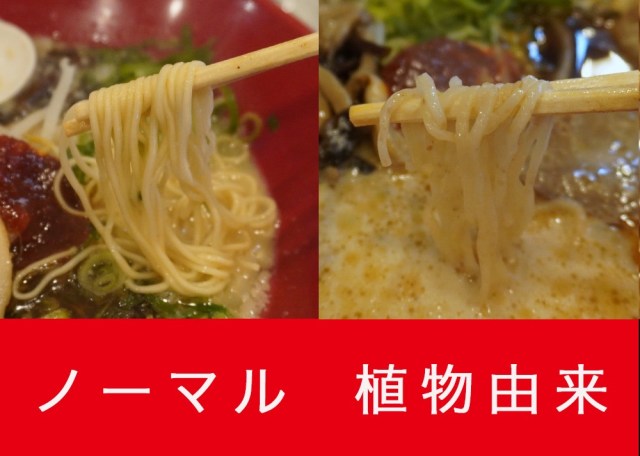
Though the noodles may not have been as straight and thin as we would’ve liked, they were still tasty and packed with goodness, given that they’re made with whole grain flour, which has more dietary fibre and a higher nutritional content than the wheat flour used in regular noodles.
The next element of the dish we needed to try was the chashu, or braised pork belly. The plant-based version is made with green bean paste, wheat protein and sautéed mushrooms.
We found this new chashu to have an impressive meatiness to it, but there was a bean-like taste hiding in there too, which made it taste like a veggie option. It certainly wasn’t bad, and it went surprisingly well with the broth, but it was lacking the fatty richness of a regular chashu.
▼ The plant-based chashu (right) is noticeably different
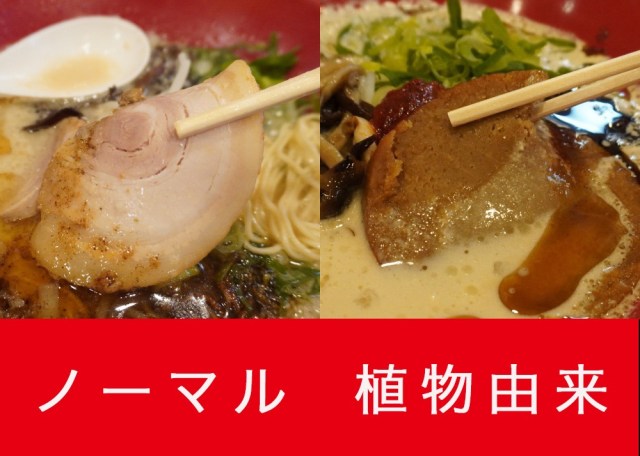
So which ramen was better? Honestly, we couldn’t say. Naturally, pork lovers will gravitate towards the hearty, meaty flavours of the regular tonkotsu, but that’s not to say the plant-based version should be overlooked by meat eaters.
The plant-based tonkotsu is lighter and healthier than its meatier counterpart and is still filled with hearty, warming flavours that’ll satiate your appetite, especially on a cold winter’s day. It’d be great if they kept this on as a year-round menu item, because we’d like to be able to choose between the two depending on our mood, but sadly the plant-based tonkotsu is only available for a limited time.
Priced at 1,100 yen (US$10.60), these new noodles are definitely worth a try, particularly for those on plant-based diets. Here’s hoping this is just the start of Ippudo’s venture into the world of plant-based ramen and we get more new offerings on the menu, and around the world too!
Participating Locations:
Kyushu: Nishidori, Daimyo main store, Sanno, Shiobara main store
Kanto: Ebisu, Gotanda east exit, Asakusa ROX/3G, Hamamatsucho stand, Machida, Komazawa Park, Ikebukuro (starting sales from 5 February), Shinjuku Island Tower, Sereo Hachioji, Yokohama West exit, Cross Garden Kawasaki, Minato Mirai Tokyu Square, Lasca Kayagasaki, Shonan SEA SIDE, Honatsugi Milord, LaLaport TOKYO-BAY, Takeishi Inter, Kawagoe Inter
Koshinetsu: Niigata, Kanazawa Korinbo, Toyama, Takasaki, Suwa interchange
Tokai: Nagoya Sakae Brossa, Nagoya main store, Kariya
Tohoku: Sendai Aoba-dori, Sendai east exit
Kansai: Horie, Nagahori, Minami, Abeno nini, Ikeda, Nishinomiya Kitaguchi, Sannomiya, Himeji
Chushikoku: Hiroshima Fukuromachi, Fukuyama, Kurashiki, Matsuyama
Photos © SoraNews24
● Want to hear about SoraNews24’s latest articles as soon as they’re published? Follow us on Facebook and Twitter!
Credit:

0 comments:
Post a Comment